Study, work or travel in the UK. British
culture and life.


Britain
/ Weather
The British weather
|
|
Study, work or travel in the UK. British
culture and life.
|
|
||
|
|
|
|
||
 |
||||
|
|
|
|
||
|
|
||||
 |
||||
|
Britain
/ Weather
|
||||
|
The British weather
|
||||
|
Sections:
|
Introduction |
 |
| Temperatures | ||
| Daylight hours | ||
| Rain and wind | ||
| Weather forecasts | ||
| Links |
 A rainbow over London. Some people say that gold is buried at the end! |
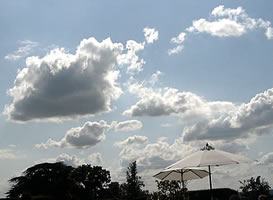 It isn't always sunny in Britain, but you can enjoy watching the clouds ... |
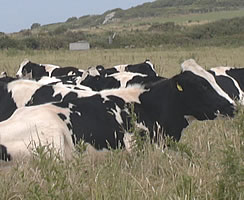 If you see cows lying down there is an old belief that rain is coming |
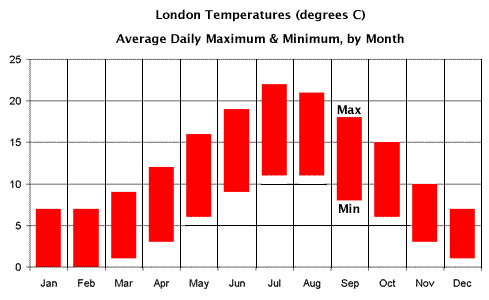 |
|
Celsius:
|
-10°C
|
-5°C
|
0°C
|
5°C
|
10°C
|
15°C
|
20°C
|
25°C
|
30°C
|
35°C
|
|
Fahrenheit:
|
14°F
|
23°F
|
32°F
|
41°F
|
50°F
|
59°F
|
68°F
|
77°F
|
86°F
|
95°F
|
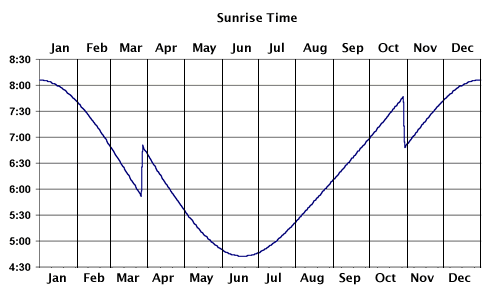 |
 |
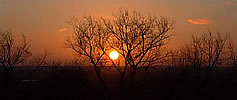 Sunset |
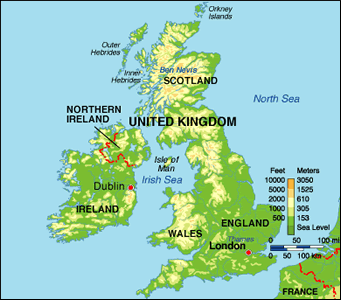 |
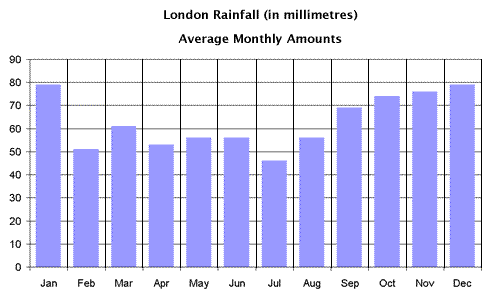 |
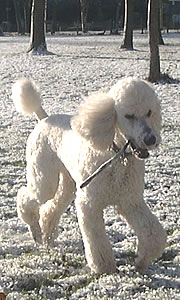 |
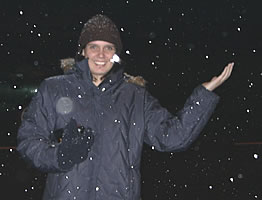 |
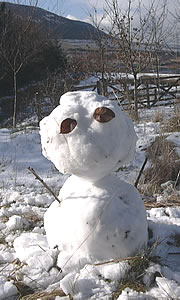 |
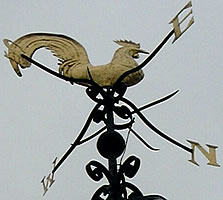 A wind vane. The wind direction is a key indicator for the British weather |
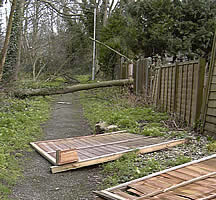 Watch out for falling trees or fences when there are strong winds |
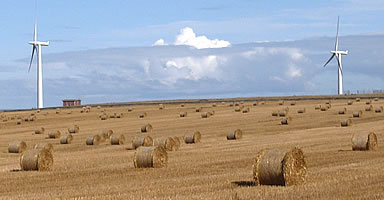 Wind turbines use wind power to generate electricity. These are becoming a more common sight in rural parts of the UK |
|
|
|